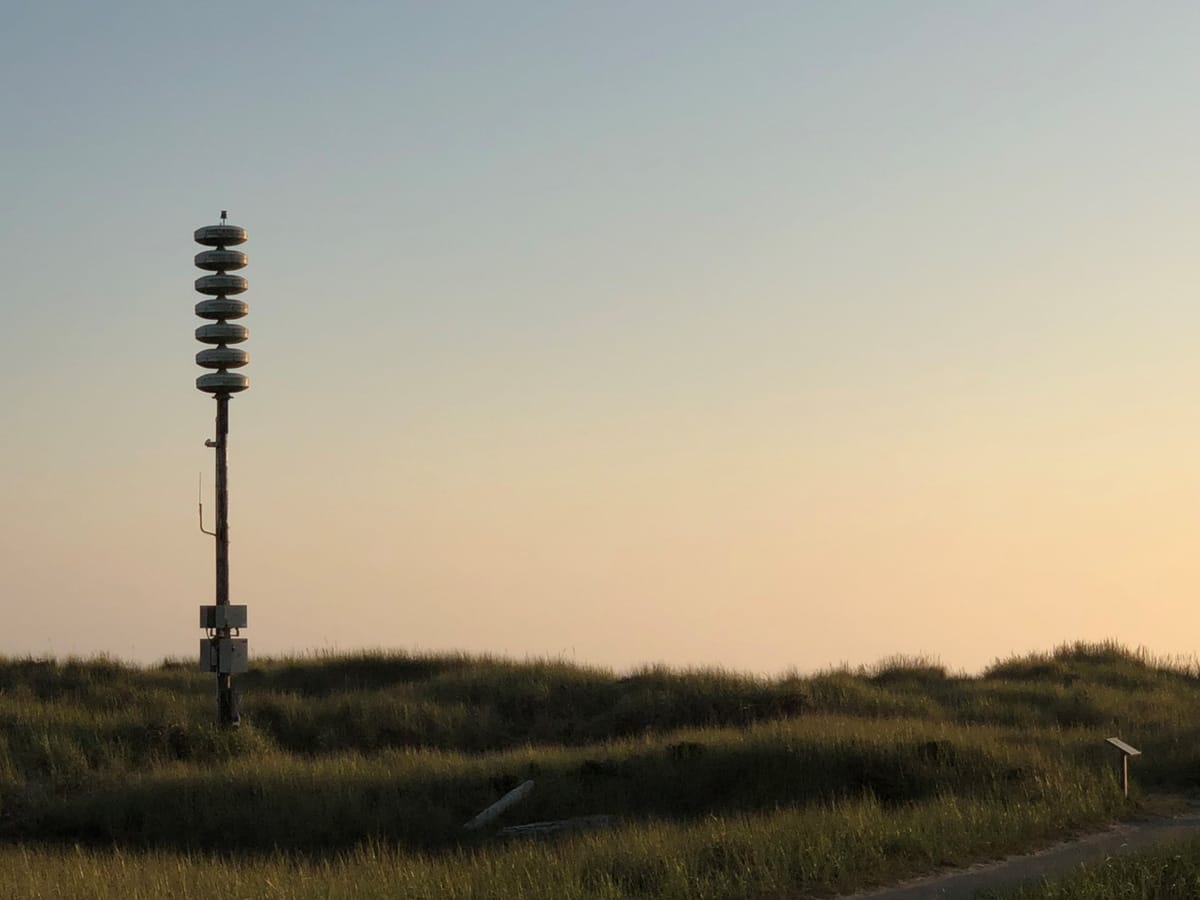Sensing tsunamis now and in the future
A 2011 earthquake in Japan accelerated detection technology for tsunami warning systems on the West Coast.

Every region comes with its own set of natural disasters whether tornadoes or tsunamis. Seismic activity is a big deal in the Pacific Northwest, on multiple fronts.
Ten years ago, an undersea earthquake devastated a region of east Japan and set off tsunami alarms on the United States’ West Coast. After the tsunami crossed the Pacific, it upended marinas and delivered debris, but coastal residents ended up being curious bystanders, not scared for their lives.
The event is credited with advancing the detection technology for early-warning systems and resulted in valuable data and an entire digital archive of the disaster. It’s also accelerated tsunami preparations on the West Coast.
On the shore
In July, the Washington Emergency Management Department announced the statewide tsunami siren network was at last completed. The 122 sirens can be activated by satellite or radio and can be heard approx. a mile away, but are not meant to be heard indoors.
The sirens are tested monthly but only once a year with the official “wail sound.” That annual test is part of the Great Washington Shake Out drill, taking place on October 21.
On the water
NOAA’s Deep-ocean Assessment and Reporting of Tsunamis (DART) system includes 39 buoys and bottom pressure recorders that are part of the national tsunami warning system. It might be surprising to see how much activity is regularly detected, although not at warning levels.
The DART system measures the water column height and sends that data to NOAA’s National Buoy Center via satellite.
The full DART network came online in 2008 and includes two DART buoys off the Oregon coast, one off of the Washington coast and another off of Vancouver Island. There are 11 DART buoys off of Alaska.
Below the water
Got a problem? There might be a drone in development for that. Vice reported researchers in Greece began a project this spring to develop drones to detect radioactivity, a precursor to seismic activity, in the sea floor.
The project hasn’t splashed yet but the challenges the team faces including adapting seismograph, and radioactive sensors for the seafloor environment, as well as powering an autonomous vehicle underwater, could lead to important developments for all sorts of ocean-going drones.
